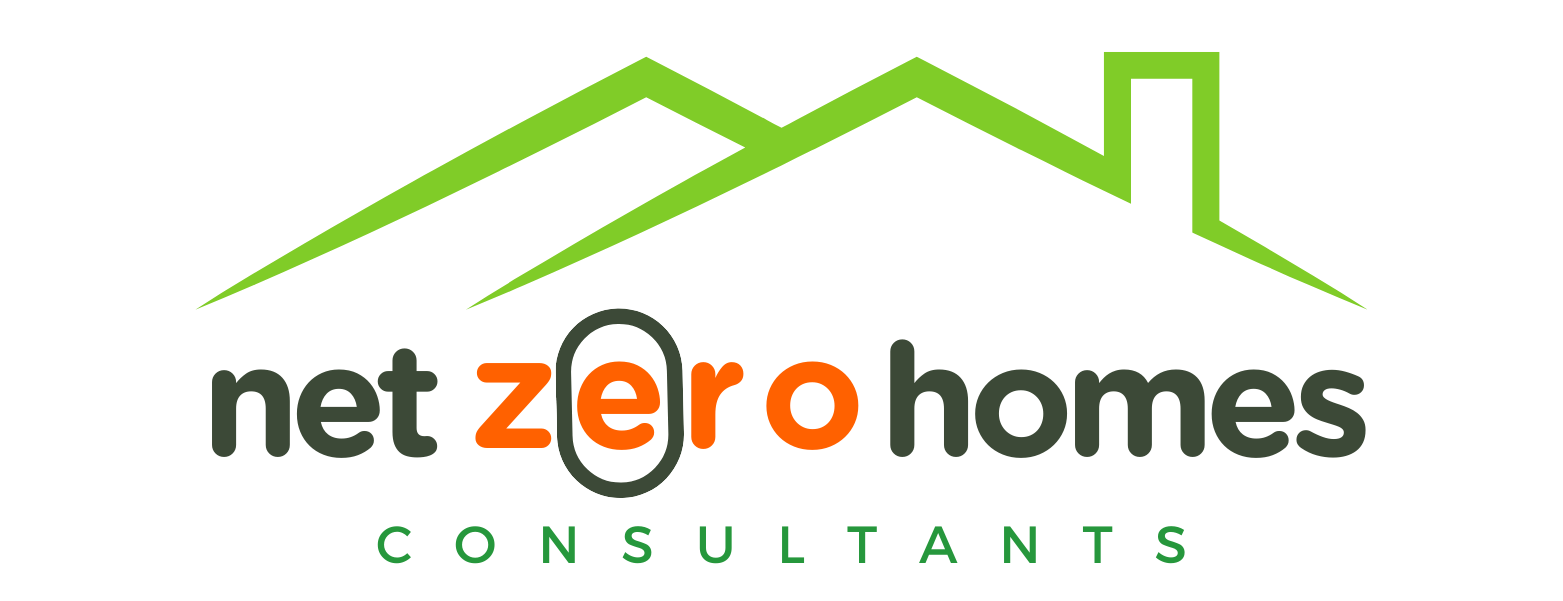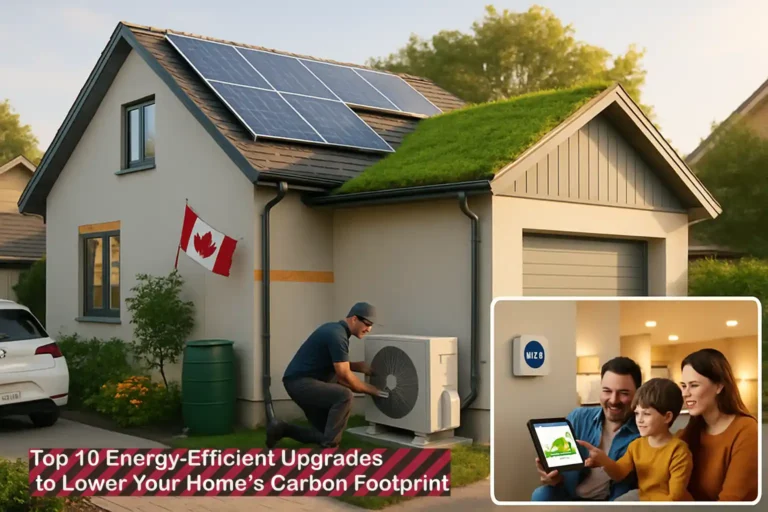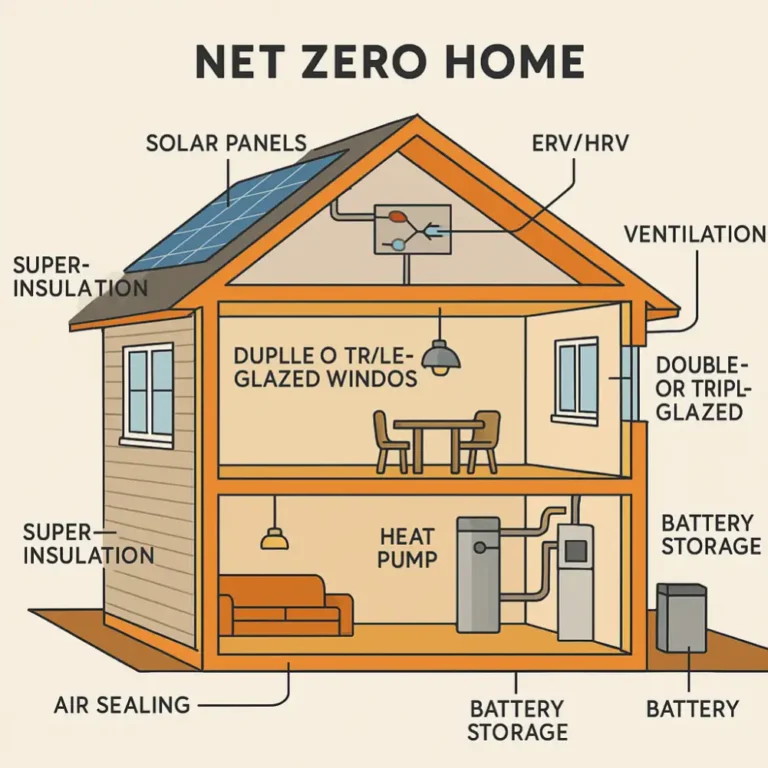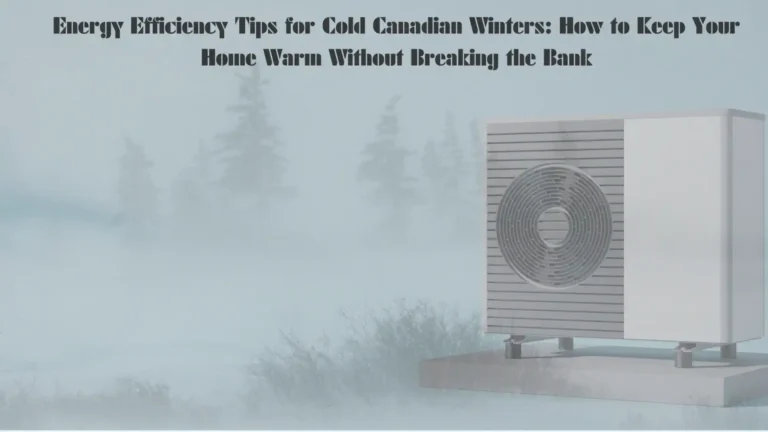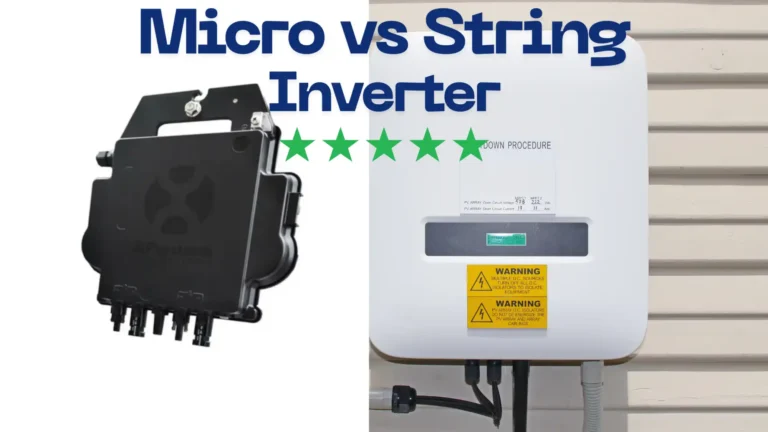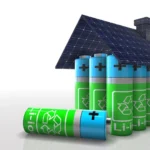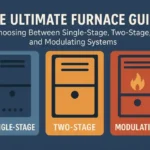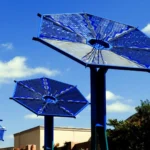Virtual appointments for canadians ONLY!
Everything You Need to Know about Insulation!
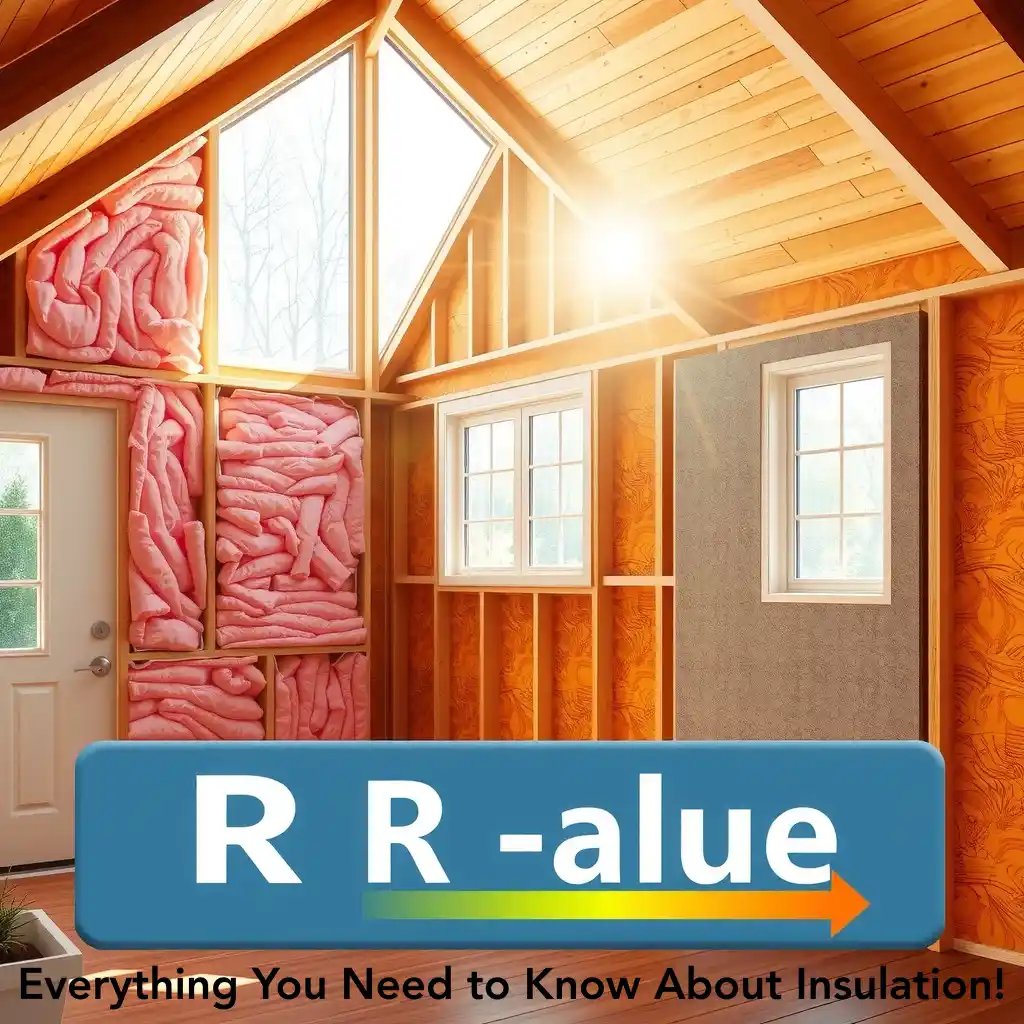
If you want to maintain a comfortable, energy-efficient home, proper insulation is essential. Insulation works by reducing heat transfer, keeping your home warm in winter and cool in summer. Without it, energy bills can skyrocket and indoor temperatures may become inconsistent.
Understanding R-Value: The Key to Effective Insulation
Insulation performance is measured by its R-value, which indicates resistance to heat flow. The higher the R-value, the better the insulation’s effectiveness. However, the “best” insulation isn’t always the one with the highest R-value. Many homes already have some insulation in attics and floors, so it’s important to assess your current setup before upgrading.
To determine the right insulation for your home:
- Check existing insulation (if any)
- Use an R-value calculator to find your home’s needs.
- Consider climate, budget, and installation method.
Now, let’s explore the six main types of insulation and their best uses.
1. Blown-In Insulation (Loose-Fill)
Best for: Attics, hard-to-reach spaces, and adding extra insulation.
Blown-in insulation is made of fiberglass, cellulose, or rock wool, which is blown into place using a special machine. This method is ideal for filling awkward gaps and enhancing existing insulation.
Cost: Affordable, but professional installation ensures better coverage.
R-value: Fiberglass (~R-2.2), Cellulose (~R-3.8)
DIY-friendly? Yes, but requires an insulation blower.
2. Batt Insulation (Blanket Insulation)
Best for: Unfinished walls, floors, and ceilings.
Batt insulation comes in pre-cut fiberglass, mineral wool, or natural fiber rolls. It fits snugly between studs and joists, making it a budget friendly option for standard spaces.
Cost: $1,500–$3,500 for a DIY project.
R-value: Fiberglass (R-2.9 to R-3.8 per inch), High-density (up to R-4.3)
DIY-friendly? Yes, but fiberglass can irritate skin/lungs so must wear protective gear.
3. Spray Foam Insulation
Best for: Sealing gaps, cracks, and irregular spaces.
Spray foam expands to fill cavities, providing an airtight seal. It comes in two types:
Cost: $1–$1.40/sq. ft. for open-cell; higher for closed-cell.
Open-cell foam (R-3.7/inch) – Less dense, good for small gaps.
Closed-cell foam (R-6.2/inch) – More durable, higher cost.
DIY-friendly? Small jobs only; larger projects need professionals.
4. Foam Board Insulation
Best for: Walls, roofs, basements, and exterior applications.
Made from polyurethane, polystyrene, or polyisocyanurate, foam boards provide strong thermal resistance.
Cost: Around $14 for a 1″ x 4′ x 8′ board.
R-value: R-4 to R-6.5 (depending on thickness).
DIY-friendly? Yes, but requires precise cutting.
5. Radiant Barrier Insulation
Best for: Hot climates (attics, garages).
Unlike traditional insulation, radiant barriers reflect heat instead of absorbing it. Made with reflective foil, they’re great for reducing cooling costs.
DIY-friendly? Yes, easy to install.
R-value? Not measured—works by reflecting radiant heat.
6. Vapor Barrier Insulation
Best for: Humid, cold climates to prevent moisture damage.
Vapor barriers (plastic or foil sheets) block moisture from seeping into walls and ceilings, protecting insulation effectiveness.
DIY-friendly? Yes, simple to install.
R-value? Not applicable—focuses on moisture control.
Choosing the Right Insulation for Your Home:
The best insulation depends on your climate, budget, and home structure. Combining different types (like spray foam for gaps and batt insulation for walls) can maximize efficiency.
For net-zero energy homes, pairing high-quality insulation with an efficient HVAC system ensures optimal comfort and savings. Ready to upgrade? Assess your needs, compare R-values, and decide whether to DIY or hire a pro.
Need expert advice? Consult an insulation specialist to find the best solution for your home!
